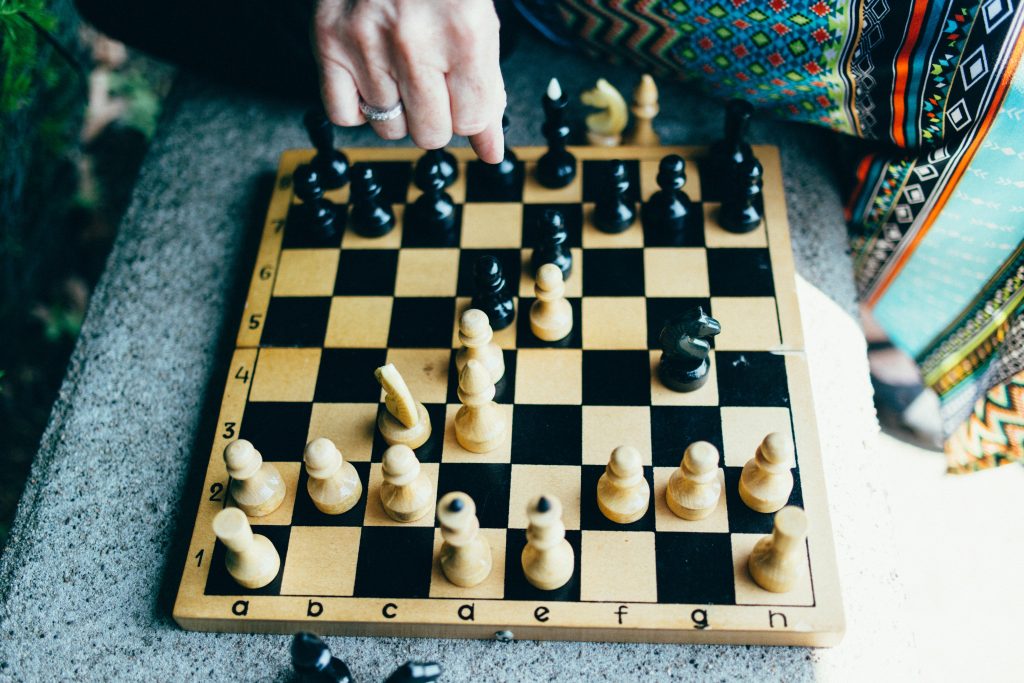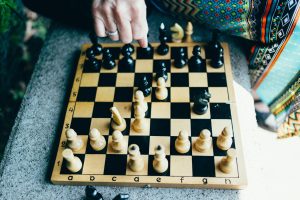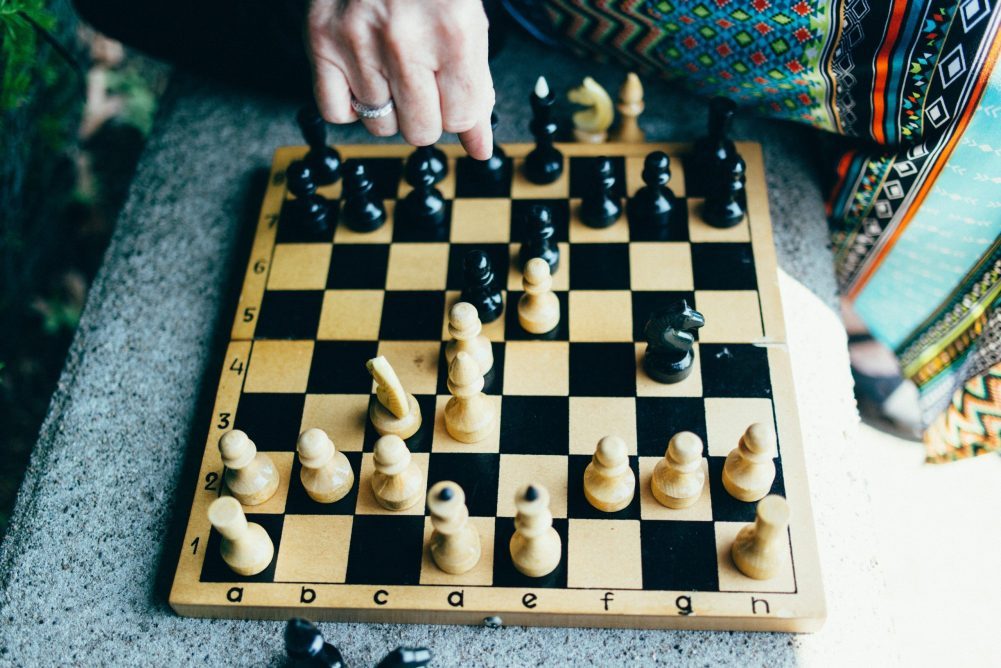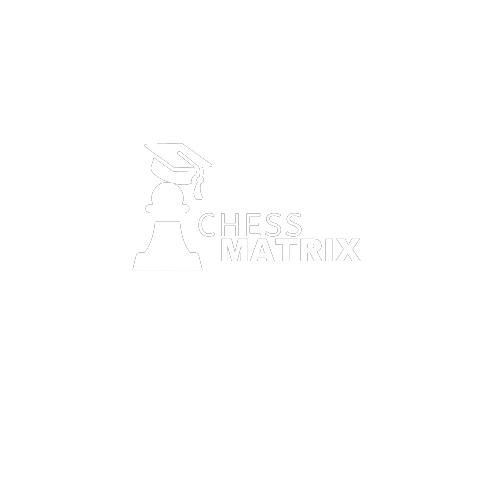Mastering the game of chess calls with the assistance of the Best chess academy in India for a great deal of talent and dedication, and the best results come from a mix of strategic research and patient practice. Well then, how exactly do you plan on studying?
As a result, it might be difficult to narrow your studies to a manageable amount of material. Yes, it is challenging to zero down on a certain area of study, even if you have the motivation to do so. The 20-minute-per-subject rule and the 40-minute-per-subject rule both help you study more effectively.
Let’s Begin with A Definition of the “20-40-40 Rule.” It’s Dead Easy:
To get the most out of their time spent studying chess, newcomers should follow the 20/40/40 rule, an organizing framework that sets priorities.
For players with a rating under 2000, the guideline stipulates that just 20% of study time should be dedicated to the opening, 40% to the middlegame, and 40% to the endgame.
This guideline will help you focus your study time effectively. This guideline is intended for novices who lack extensive experience. Using this manual, the article will describe everything in detail.
Let’s Get Right In:
The 20-40-40 Rule’s Benefits:
Advantages Accrue When This Effort Distribution Is Followed:
- Effectiveness
This approach takes full use of what each of the three stages can provide the player from the outset, allowing them to prepare adequately for each stage. In other words, it prohibits either overemphasizing a single area or attempting to cover every base without going into any depth.
When a player reaches a higher skill level, it becomes more reasonable to attempt other combinations. However, if you’re just starting off, this study schedule should provide you with all the various stages you have to offer.
- The need for less rote learning
The article has shown that memorizing might result in learning that doesn’t help a player develop any further. If you stick to this method, you won’t only be able to remember the phrases, but you’ll understand what they mean as well.
- Cost
As you can see, it may be quite expensive to study chess fundamentals, particularly openings. Look at the beginning of each online information product, and you will notice this.
For players who are familiar with standard openings, tips like “how to smash with Sicilian Dragon” are quite rare. While fundamentals of the endgame may be found for free on the internet! You can get a good education with zero out-of-pocket costs.
- Sensitiveness
While the introduction is crucial, it is not the most crucial part of the piece. The endgame is the most important part of the game, and a lack of preparation here can easily derail otherwise solid opening play.
- Concluding Ideas
Learning chess is like learning any other hobby or interest that calls for some forethought and planning. Spend your time wisely on activities that will yield the most fruit.
One of them is the 20-40-40 rule. To improve, just stick to the plan. The article hopes this has been helpful; the article recommends taking the help of the chess academy online.











